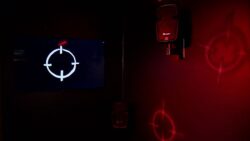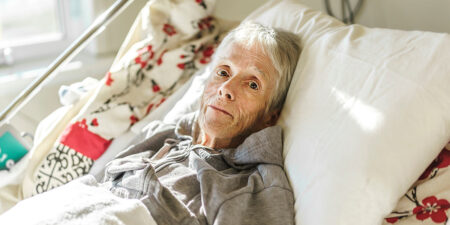Fear, anxiety, despair, isolation, grief.
For years, these feelings haunted those who dared stand up and speak against the terrorism of ETA, the armed separatist group that inflicted unimaginable suffering upon the population of the Basque Country and the entire Spanish territory.
Between its foundation in 1959 and its ceasefire declaration in 2011, ETA, which stands for “Euskadi Ta Askatasuna,” (Basque Country and Freedom) engaged in a brutal and relentless campaign to terrorise ordinary citizens, subjugate the rule of law and achieve the independence of the Basque Country.
Its violence, which included shootings in broad daylight, car bombs and high-profile kidnappings, had a chilling effect on the local population, many of whom reluctantly kept silent for fear of reprisal.
But as the death toll grew, so did the bravery of Spanish society, who began grassroots efforts to publicly voice the opposition against the terrorist group. That opposition, however, came with a heavy price: bullying and harassment at the hands of ETA and its supporters.
This pervasive environment of intimidation was briefly brought back to life in an immersive exhibition installed inside the European Parliament this week.
Visitors were invited to enter a black box that played back the infamous shouts of “?ETA, m?talos!” (ETA, kill them!) that opponents would hear on a daily basis.
“I wanted to represent an instant, the feelings that the citizens in the Basque Country, and other places, but specifically the Basque Country, felt in the face of those threatening shouts, in the face of that social pressure that other Basque citizens conducted, and, of course, in the face of the direct threat of murder,” Jos? Ibarrola, the visual artist behind the exhibition, told Euronews in an interview.
Inside the box, absolute darkness reigns, Ibarolla explained, except for two striking elements: flashing red lights and hand-painted symbols of targets.
“The target symbols were painted on the houses and the mailboxes of those who were threatened. Something like what happened to the Jews (in Nazi Germany). The mark, the stigma that was chasing them,” the Bilbao-born artist said.
“But that target symbol was public and could be seen by your neighbours and other citizens to create a feeling of fear. That’s the terrorist method: you kill one person to terrorise 100,000.”
The exhibition paid tribute to Basta Ya!, a civil society organisation that brought together people from across the political spectrum in order to stand up to ETA’s terror.
Basta Ya! was founded in 1997, months after the kidnapping and murder of Miguel ?ngel Blanco, a conservative politician from a local Basque council. Blanco’s killing was a turning point in Spanish history that triggered a massive wave of thunderous opposition against the paramilitary group.
In 2000, the European Parliament awarded Basta Ya! with the Sakharov Prize for Freedom of Thought, the EU’s top human rights award. Seven years later, the organisation was dissolved. But its legacy of civil resistance in the face of sheer terror lives on.
“Europe should strive to preserve the principles of pluralism and democracy,” Ibarolla said.
“Here, in Europe, we’re very privileged compared to the rest of the world, but I think it’s very important that we always remain vigilant because, somehow, we’re the world’s lighthouse,” he added.
“Europe must always be alert to the threat of fanaticism.”




